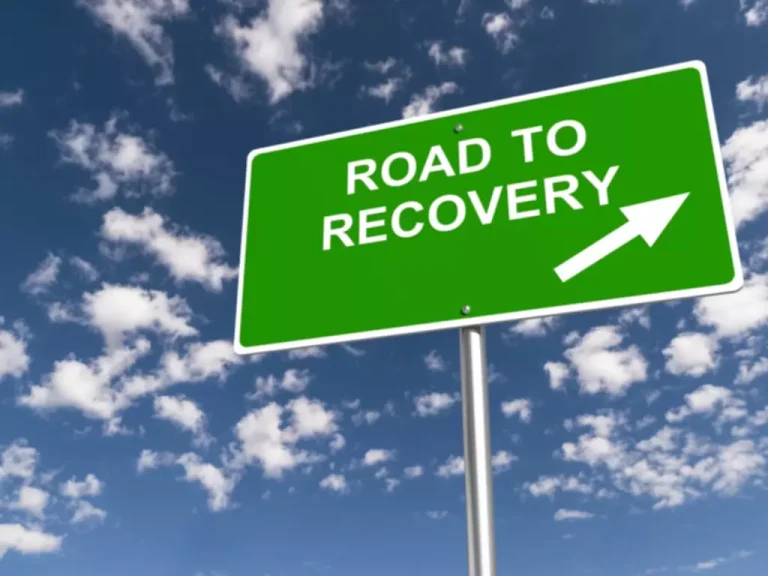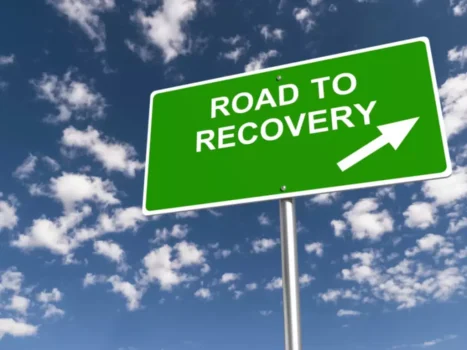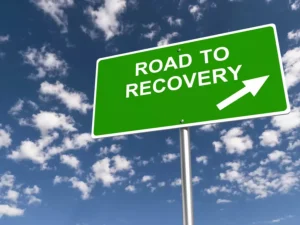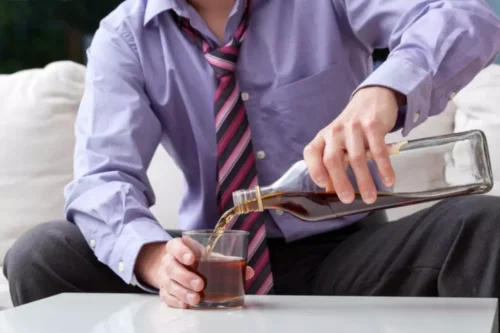
On a big-picture level, we have cognitive dissonance to thank for huge advancements within society. Dr. Noulas says that successes in women’s rights, environmental rights, and gay rights are examples of positive change that have resulted from cognitive dissonance. Those changes were due to individuals recognizing contradictions between how people viewed women, the environment, and nontraditional relationships and how we acted as a society (or allowed others to act). It’s the tension that arises when we think one way but act another way, or when we hold two opposing views at the same time. You believe we all should reduce our carbon footprint but struggle to break free from internal combustion engines and luxury SUVs. Typically, when we feel psychological dissonance, it’s because one of these patterns of thought is being challenged.
Reducing the Importance of the Conflicting Belief
- It is not a sentiment or a preference, but rather a motivational necessity that people had to accommodate.
- Cooper & Worchel’s finding meant that the dissonance effect was dependent on having produced something unwanted – in this case, convincing a fellow student that a boring task was actually fun and exciting.
- As an illustration, Focella et al. (2016) established vicarious hypocrisy by having participants witness a fellow student make a public pro-attitudinal statement about using sunscreen whenever one goes outdoors.
- Axsom & Cooper (1985) used laboratory procedures to demonstrate that people can lose weight if they are motivated by dissonance, but no such treatment ever became available for people to use.
- The theory of cognitive dissonance has been widely researched in a number of situations to develop the basic idea in more detail, and various factors have been identified which may be important in attitude change.
Some participants had been offered cognitive dissonance and addiction a small amount of money to make the attitude discrepant statement (U.S. $1) while others had been offered a substantially larger amount (U.S. $20). Festinger & Carlsmith made the prediction that the $20 incentive would lead to less dissonance than the small incentive because it helped people understand why they had acted in contradiction to their true beliefs. Participants who had only been offered $1 had much less comfort from their small incentive and thus were predicted to experience a greater tension state. Consistent with those predictions, participants in the $1 condition changed their attitudes more than the participants who were offered the large reward.
Social pressures
Many decades ago, I argued that cognitive dissonance might be the underlying mechanism behind successful psychotherapy, regardless of the type of therapy being offered (Cooper, 1980). From psychoanalytic approaches to cognitive and behavioral interventions, clients find themselves in a situation much like participants in Aronson & Mills’ (1959) classic effort justification experiment. Aronson & Mills’ participants came to like a goal they were trying to achieve as a function of the amount of effort they expended to achieve the goal.

Cognitive Dissonance and the Discomfort of Holding Conflicting Beliefs
We generally try to eliminate this dissonance by taking a new, consonant action or by dismissing the incongruent information. The effects may relate to the discomfort of the dissonance itself or the defense mechanisms a person adopts to deal with it. There are also individual differences in whether or not people act as this theory predicts. Many people seem able to cope with considerable dissonance and not experience the tensions the theory predicts. In other words, he could tell himself that a short life filled with smoking and sensual pleasures is better than a long life devoid of such joys. In this way, he would be decreasing the importance of dissonant cognition (smoking is bad for one’s health).

- The call to place more emphasis on putting dissonance research into practice is simultaneously a call to continue studying dissonance in the laboratory.
- She is an immigrant and identifies as a Chinese and Filipina American woman.
As Festinger said, “The holding of two or more inconsistent cognitions arouses the state of cognitive dissonance, which is experienced as uncomfortable tension. For Festinger, consistency among cognitions was not a preference but a drive. Just as people need to reduce their thirst by drinking and their hunger by eating, people who perceive inconsistency must find a way to reduce it. The drive to reduce inconsistency can be accomplished by a number of means, but attitude change became the most frequent resolution in the early research on dissonance.
- Cognitive dissonance isn’t just a vague psychological theory — in fact, contradictory beliefs appear in our lives more often than we might want to admit.
- People recognized the cognitive dissonance and made necessary changes to better align society’s values with our actions.
- When you feel either physical or psychological discomfort, make a note of it to yourself.
- The field of social psychology has always had equal interest in theoretical advancement and practical applications of its theories.
- It has the advantage of being testable by scientific means (i.e., experiments).
How To Reduce Cognitive Dissonance
Because these behaviors are pro-attitudinal rather than counterattitudinal, the best way for achieving change is to arouse the dissonance-based motivational drive of hypocrisy. Times are beginning to change and dissonance theorists have been part of that change. 21st century literature shows an accelerating number of practical procedures that are being used and assessed, particularly in the health improvement field. Based on cognitive dissonance theory, the Body Project was developed as an intervention to help people with faulty body images and eating disorders (Stice, Rohde & Shaw, 2013). Evaluation studies have shown this approach to have significant impact on eating disorders among women in a United States sample (Green et al., 2018) and body image satisfaction among men in the United Kingdom (Jankowski et al, 2017). This is as it should be, as arguably no theory has been more frequently studied, criticized, supported and modified than cognitive dissonance.

So, for instance, when conflict or tension arises, take the time to pause and think through your situation and your feelings. “The tension that gets created when you hold certain beliefs or values but act in a way that conflicts with your belief systems generates an internal discomfort that most people have to subconsciously work very hard to ignore,” Curry says. Recognizing and reconciling cognitive dissonance is not always a feel-good experience. Spotting dissonance in our own lives can be painful, embarrassing, and anxiety-inducing, too. And it can be troubling and mentally exhausting to deal with, Curry says. People recognized the cognitive dissonance and made necessary changes to better align society’s values with our actions.
How to reduce cognitive dissonance

We asked participants how uncomfortable they thought they would have felt if they were in their fellow group member’s shoes. The greater the discomfort they thought they would have felt in their partner’s shoes, the greater the attitude change. In subsequent experiments, we increased our confidence that the engine that motivates attitude change following counterattitudinal advocacy is unpleasant arousal. In one experiment, we artificially decreased participants’ arousal level by administering a mild sedative. We found that participants showed little attitude change after writing an attitude-discrepant essay because the sedative reduced their arousal levels.




